Ground cover plants are an essential part of any well-maintained garden. These low-growing plants spread across the soil, creating a dense, carpet-like cover that serves both practical and aesthetic purposes. By providing a natural solution to several gardening challenges, they reduce the need for frequent maintenance, making them an ideal choice for busy gardeners.
For those who want to spend less time weeding, watering, and maintaining their landscape, choosing low-maintenance ground cover plants is the way to go. These plants not only reduce the workload but also add color, texture, and year-round interest to gardens, all while enhancing the overall health of the soil.
What Are Ground Cover Plants?
Definition: Ground cover plants are a diverse group of low-growing, spreading plants that form a living blanket over the soil. They often grow densely and are used to cover large or small areas of a garden, helping to fill in gaps where other plants may struggle to thrive. These plants are typically hardy and resilient, making them suitable for a variety of climates and soil conditions.
Purpose: The main role of ground cover plants is to simplify garden maintenance. By growing close to the ground, they reduce the need for extensive upkeep, such as frequent weeding or watering. Their dense foliage helps protect the soil from erosion, controls weed growth by blocking sunlight, and retains moisture, making them valuable for sustainable gardening. Additionally, they add a layer of visual beauty to gardens by offering rich textures and seasonal blooms, helping to enhance the overall aesthetic appeal of any landscape.
Benefits of Low Maintenance Ground Cover Plants
- Weed Suppression: One of the biggest challenges for gardeners is keeping weeds under control. Ground cover plants naturally outcompete weeds by occupying the available space and resources such as sunlight, water, and nutrients, leaving little room for unwanted plants to grow.
- Erosion Control: Ground cover plants are particularly useful in preventing soil erosion, especially on slopes or areas where water runoff is a concern. Their root systems help anchor the soil, reducing the impact of rain and wind.
- Moisture Retention: These plants also help the soil retain moisture by shading it from direct sunlight, reducing evaporation. This feature is especially valuable in dry climates or during periods of drought, as it lessens the need for frequent watering.
- Aesthetic Appeal: Beyond their practical uses, ground covers add aesthetic value by providing year-round greenery, seasonal blooms, and diverse textures. Whether you want a lush green carpet or a colorful floral display, ground covers offer a wide range of options to suit any garden style.

Recommended Low Maintenance Ground Cover Plants
| Plant | Sun Exposure | Soil Type | Key Features |
|---|---|---|---|
| Creeping Thyme (Thymus serpyllum) | Full sun | Well-drained | Aromatic foliage with small purple flowers; drought-tolerant. |
| Ice Plant (Delosperma cooperi) | Full sun | Well-draining, sandy soil | Succulent leaves that store water; produces vibrant flowers in spring and summer. |
| Creeping Phlox (Phlox subulata) | Full sun to partial shade | Well-drained | Known for fragrant flowers in various colors; blooms in early spring. |
| Ajuga (Ajuga reptans) | Full sun to partial shade | Moist, well-drained | Forms a dense mat of foliage with spikes of blue flowers; great for shady areas. |
| Vinca Minor (Periwinkle) | Full sun to partial shade | Well-drained | Evergreen foliage with blue flowers; excellent for covering large areas quickly. |
| Sedum (Sedum spp.) | Full sun | Well-drained, rocky soil | Succulent leaves that require little water; various species available. |
| Lysimachia nummularia (Creeping Jenny) | Full sun to partial shade | Moist, well-drained | Bright yellow flowers in spring; attractive golden foliage in fall. |
| Angelonia Sedum (Sedum rupestre ‘Angelina’) | Full sun | Well-draining | Needle-like foliage that changes color throughout the year; low water needs. |
| Cotoneaster dammeri | Full sun to partial shade | Well-drained | Spreading habit with small white flowers followed by red berries; good for erosion control. |
| Creeping Juniper (Juniperus horizontalis) | Full sun | Well-drained | Evergreen with a spreading habit; very drought-resistant once established. |
Choosing The Ground Cover Plants
Sunlight Requirements
Before selecting ground cover plants, it’s essential to understand the amount of sunlight your garden receives. Some plants thrive in full sun, while others prefer partial shade or full shade. Assessing your garden’s light exposure will ensure your chosen plants grow well and remain healthy. For example, plants like Creeping Thyme need full sun, while Ajuga performs well in shaded areas.
Soil Type & Moisture Levels
Different ground cover plants require different soil types and moisture levels. Some plants, like Sedum, prefer well-drained, rocky soils with minimal water, while others, such as Creeping Jenny, prefer moist, well-drained soil. It’s important to match your plant choice to your soil’s drainage capacity and natural moisture retention to promote healthy growth and reduce maintenance needs.
Climate & Hardiness Zone
Ground cover plants vary in their ability to withstand different climates. Consider your local climate and hardiness zone when choosing plants to ensure they can thrive year-round. For example, Creeping Juniper is drought-resistant and suitable for dry climates, while Ice Plant is ideal for regions with mild winters and warmer summers.
Growth Habits
When selecting ground cover plants, it’s important to understand their growth habits. Some plants, such as Vinca Minor, spread quickly and can cover large areas in a short period. This is excellent for covering large areas, but it may also lead to invasiveness. Ensure you choose plants that align with the amount of space available and consider how much control you’ll need to exert over their growth.
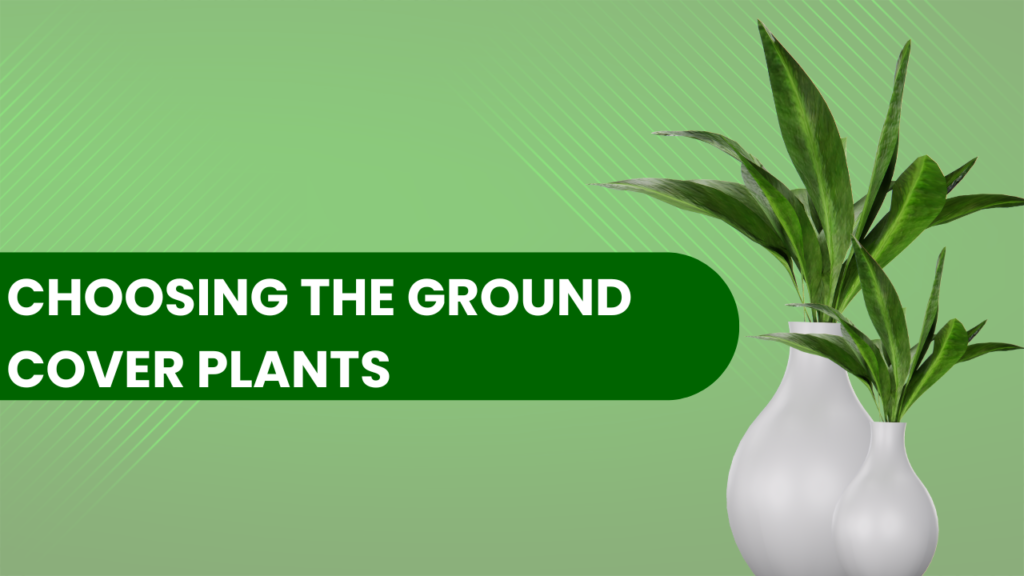
Planting and Care Tips for Ground Covers
Basic Planting Guidelines
To ensure successful establishment of ground cover plants, proper soil preparation is essential. Start by clearing any existing weeds, rocks, or debris. Loosen the soil to promote good root development, and consider adding organic matter or compost for nutrient enrichment.
Space plants appropriately based on their expected spread, allowing them to fill in the area over time without overcrowding. Initially, water them regularly to help them establish deep roots, especially during the first few weeks. After this, most ground covers require minimal watering, depending on the type and your region’s climate.
Ongoing Care
Once established, ground cover plants typically require little maintenance. However, a few simple care practices will keep them thriving for years. Occasional pruning may be necessary to control their spread and maintain a tidy appearance. Fertilizing once or twice a year can promote healthy growth, especially for flowering varieties. Keep an eye out for pests or diseases, although most low-maintenance ground covers are resistant to these issues.
With the right selection and minimal care, ground cover plants can flourish in your garden with little effort.

FAQs Section
1. What are ground cover plants, and why should I use them?
Ground cover plants are low-growing plants that spread across the ground, forming a dense carpet-like covering. They serve various purposes, such as reducing garden maintenance, suppressing weeds, preventing soil erosion, and adding aesthetic value to your landscape. These plants are especially useful in areas that are difficult to maintain, such as slopes or large garden beds.
2. What are the best low-maintenance ground cover plants for a sunny area?
For sunny areas, some great low-maintenance ground cover plants include Creeping Thyme, Ice Plant, Sedum, and Creeping Phlox. These plants thrive in full sun, require minimal watering, and can tolerate a variety of soil conditions, making them ideal for busy gardeners.
3. How do ground cover plants help in weed control?
Ground cover plants create a dense mat of foliage that blocks sunlight from reaching the soil, preventing weed seeds from germinating. Their fast-spreading growth also covers open areas, leaving little room for weeds to grow. This natural weed suppression reduces the need for manual weeding or herbicide use.
4. Can ground cover plants survive in poor soil conditions?
Many ground cover plants are resilient and can thrive in poor soil conditions. For example, Sedum and Creeping Juniper are excellent choices for well-drained, rocky, or sandy soils. However, improving soil with compost or organic matter before planting will promote better growth for most plants.
5. How much care do low-maintenance ground cover plants need?
Once established, most low-maintenance ground cover plants require minimal care. You’ll only need to water them occasionally (depending on the climate), perform light pruning to control their spread, and apply fertilizer once or twice a year. These plants are designed to thrive with little attention, making them ideal for gardeners with limited time.
6. Can I use ground cover plants in shady areas of my garden?
Yes, some ground cover plants are well-suited to shaded or partially shaded areas. For example, Ajuga and Vinca Minor are both excellent choices for low-light conditions, providing vibrant foliage and blooms even in areas with limited sun exposure.
7. How do I prevent ground cover plants from becoming invasive?
Some ground cover plants, like Vinca Minor and Creeping Jenny, can spread quickly and become invasive if not controlled. To prevent this, plant them in contained areas or regularly prune back excessive growth. Mulching can also help keep their spread in check.
8. What should I consider when choosing ground cover plants for my garden?
When choosing ground cover plants, consider factors such as the amount of sunlight your garden receives, soil type, moisture levels, and your local climate. Additionally, pay attention to the plant’s growth habits to ensure it won’t overrun your garden or neighboring plants.
9. Do ground cover plants help with water conservation?
Yes, many ground cover plants help retain moisture in the soil, reducing the need for frequent watering. Their dense foliage acts as a natural mulch, preventing water from evaporating too quickly. Drought-tolerant varieties like Sedum and Ice Plant are particularly effective for water conservation in dry climates.
10. How long does it take for ground cover plants to establish?
Ground cover plants typically take a few months to establish fully. During this time, regular watering is important to help them develop strong roots. Once established, they require much less maintenance. Most plants will fill in the area within one or two growing seasons, depending on the variety and growing conditions.
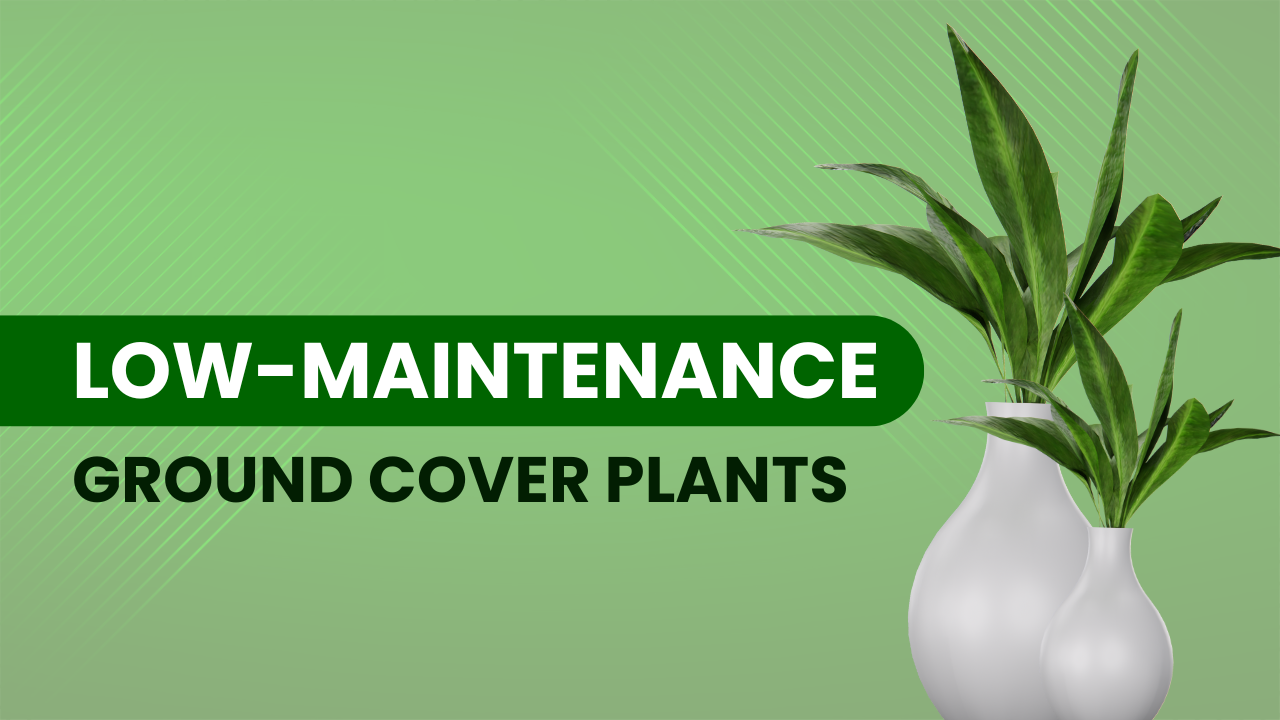






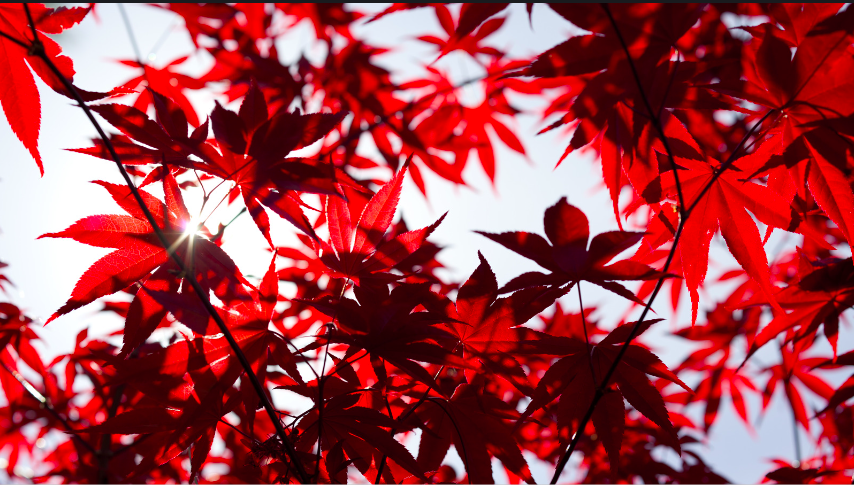


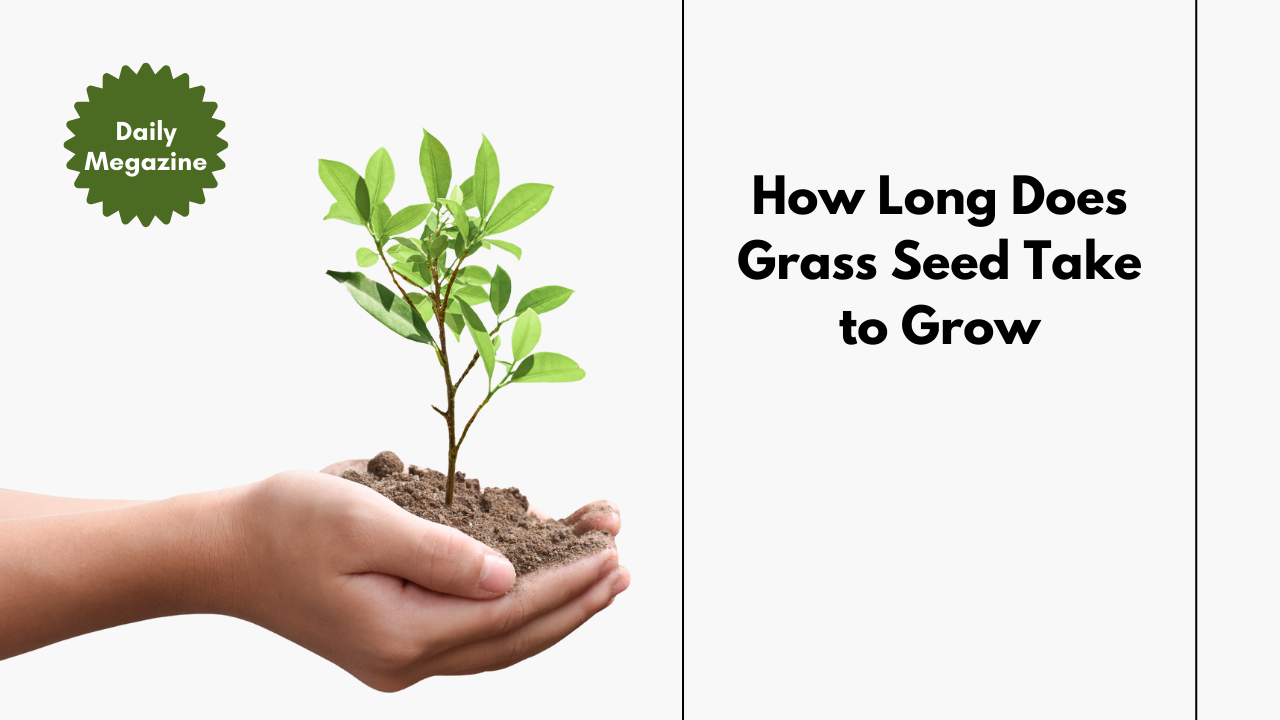
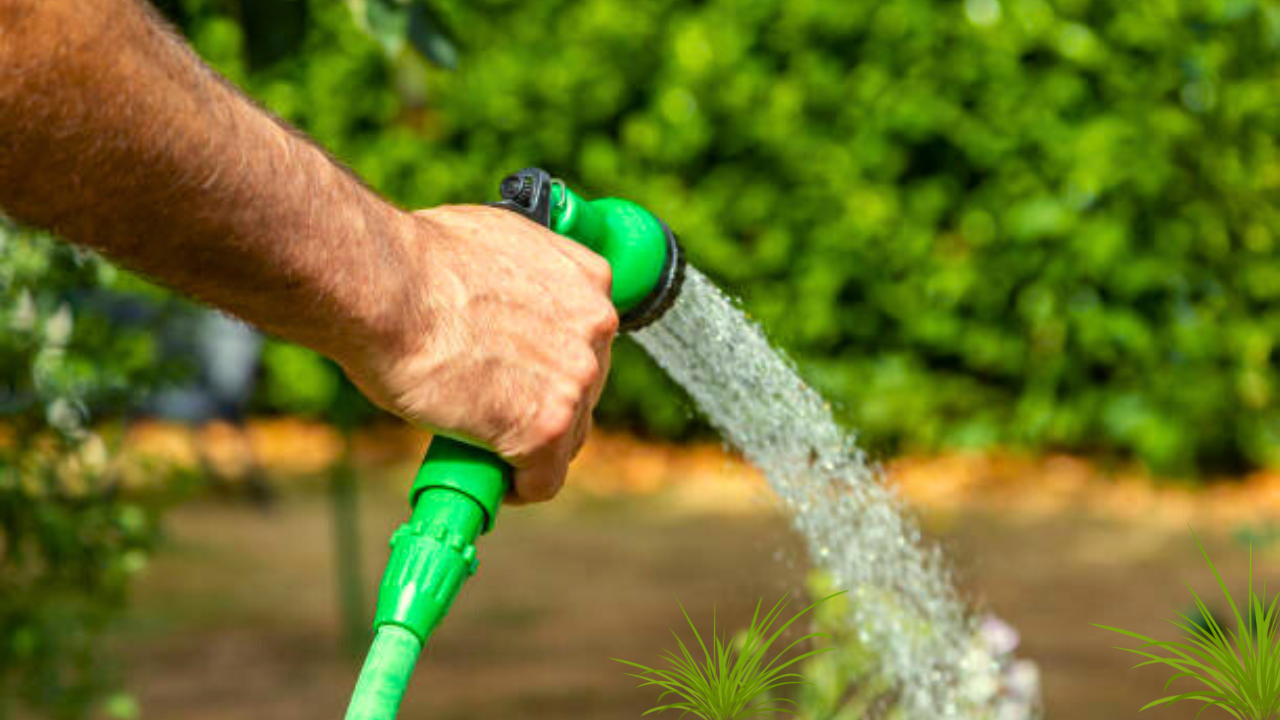
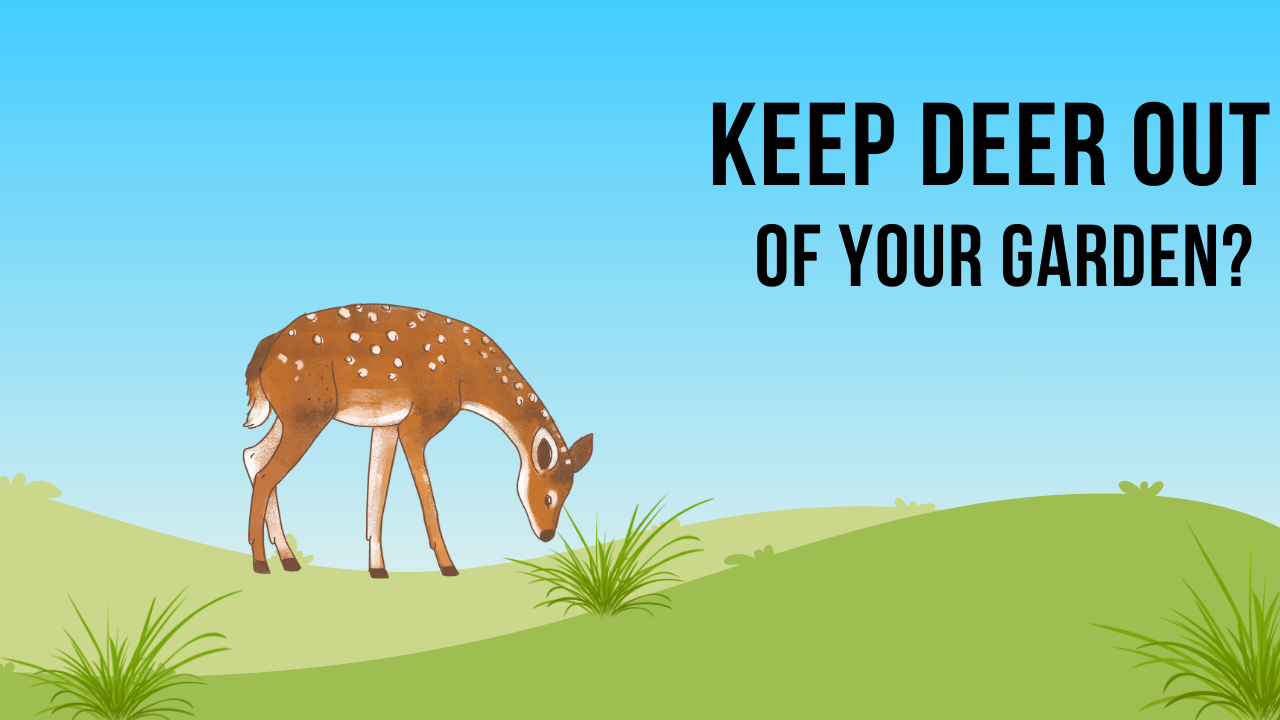
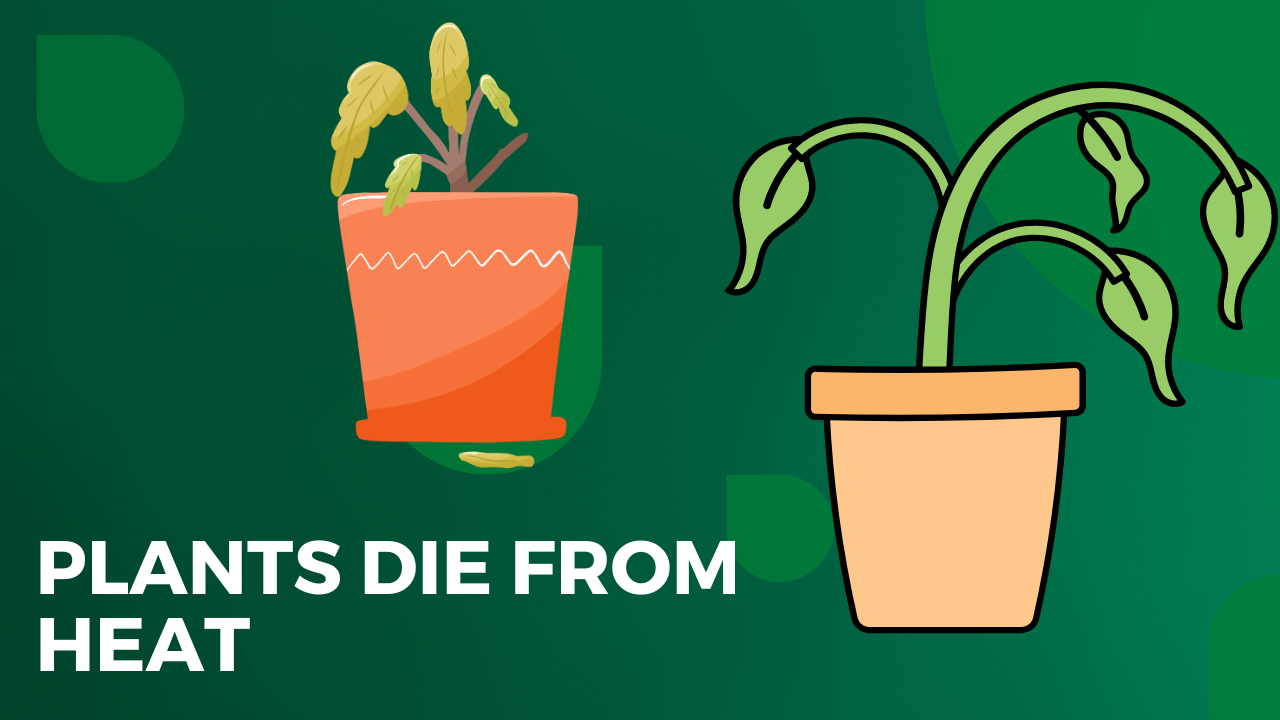
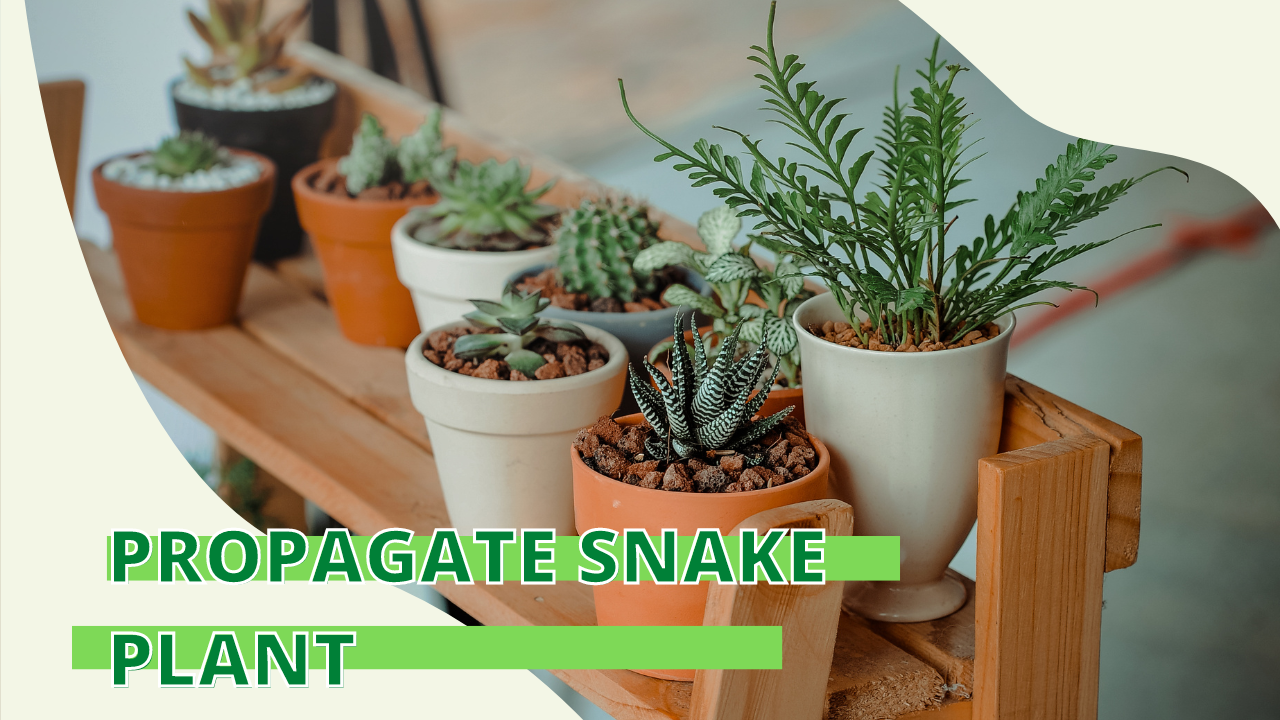
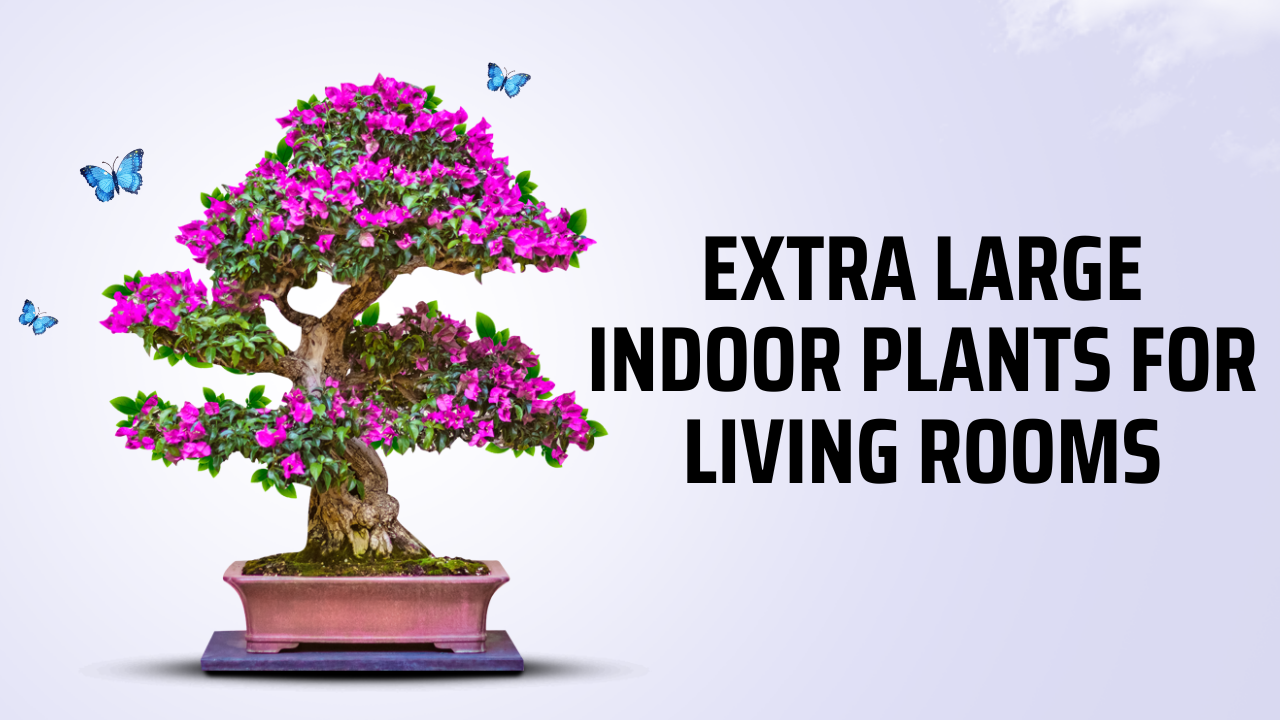
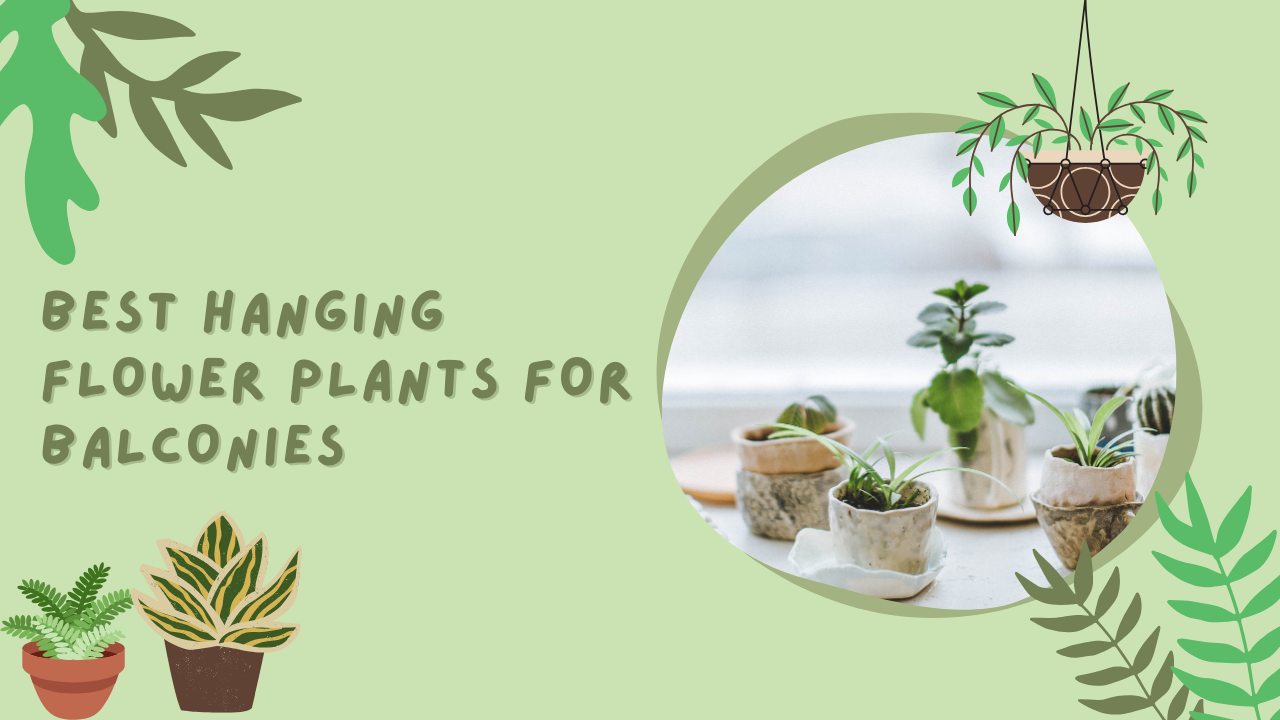

8 thoughts on “Low Maintenance Ground Cover Plants”